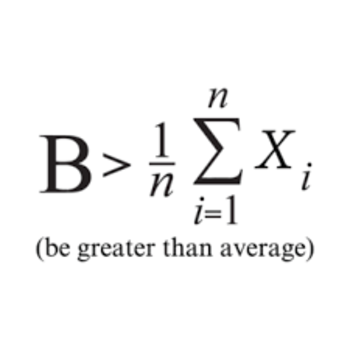What is the H-R diagram?
1 Answer
See below:
Explanation:
A Herzsprung-Russell Diagram is a way of trying to find a pattern of the known stars by organizing them by Luminosity and temperature.
The graph has attempted to graph the characteristics of stars using a linear function, originating from the Stefan-Boltzmann law of Blackbody radiation (as stars can be considered as black bodies- i.e an object that is a perfect absorber)
According to Stefan-Boltzmann's law of blackbody radiation:
Power(or luminosity)
or
Hence this equation can be split using logarithms:
So the linear equation in the HR diagram becomes:
Luminosity on a log-scale on the y-axis and the temperature on the x-axis, also in a log with base 10 scale.
Which makes it looks approximately like this (however, the x-axis is "reversed" hotter stars are on the left, and cooler stars are on the right)
The diagonals also denote the radius, the further up to the right you lie, the greater the radius of the stars.
Hence we can see that stars are mostly organized into 4 sections:
Main sequence stars
White dwarfs
Red giants
Red supergiants
A few notes to make:
Neutron stars are typically not shown on the HR diagram because they tend to cool off with time, losing their luminosity and temperature. However, if asked to place them on the HR diagram, they are close to white dwarfs.
Black holes are not shown because they do not produce their own light, and therefore is said to have no luminosity.

